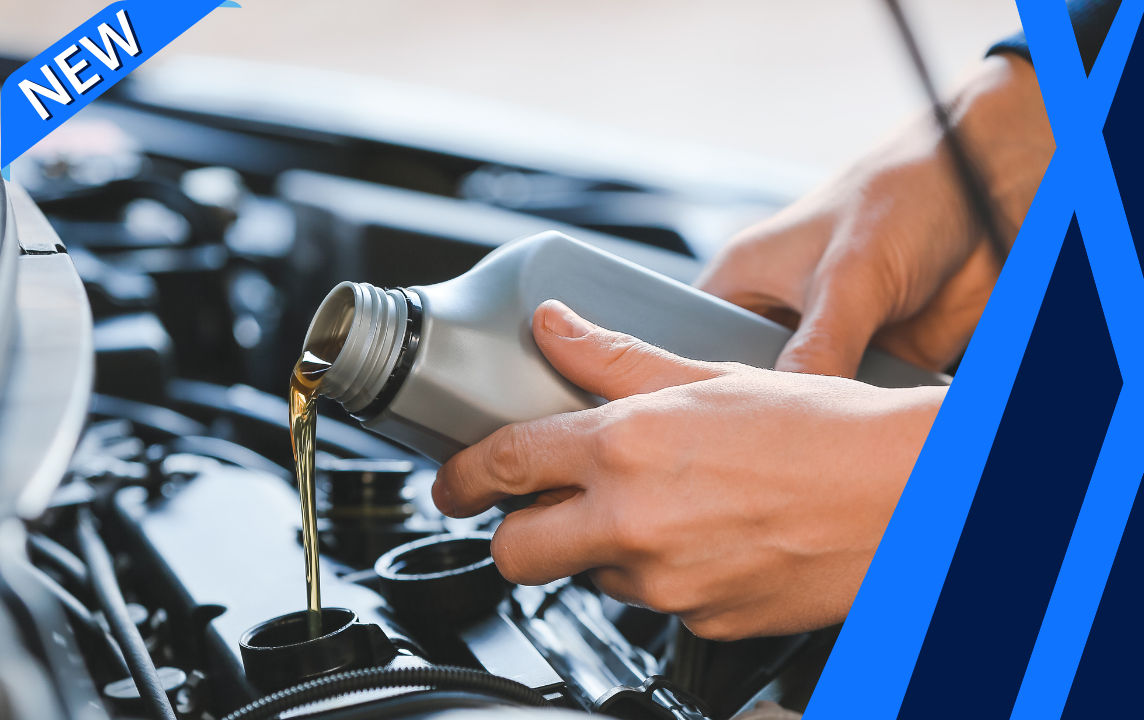Description
Ball Joint Replacement (Rear)
Ball joint failure isn’t a common problem but can be the result of years of driving along bumpy, uneven road surfaces. A broken ball joint may be the cause of a mysterious clunking noise or drifting steering. And once they’re worn, they will seriously affect your steering and suspension. If a ball joint fails completely, it can even result in the wheel dramatically falling off the car. A scary thought! But what are ball joints and when do you need to replace them?
The job of a ball joint
Ball Joints connect the car wheels to the suspension system and allow them to move together. As the name suggests, these clever ball-and-sockets acts as a pivot, similar to the hip joint in the human body. Ball joints are made of a bearing stud and socket that fit snugly inside a lubricated casing. They connect the control arm to the steering knuckles and allow for smooth and solid movement in the suspension. The front suspension of most cars has at least lower ball joints and in some cases upper ones as well.
Why replace ball joints?
Ball joints deteriorate if dirt, grit and impurities get inside or grease escapes, leading to a lack of lubrication. Added to this, rusting and general wear and tear also damage these suspension parts. The effects of this deterioration are excessive play and looseness (beyond the manufacturer’s specifications). While healthy ball joints allow for smooth movement from side to side, they shouldn’t wiggle or jolt up and down. This is a clear indicator that you need to look into ball joint replacement.
How to check ball joints
If you suspect ball joint wear, the car should be inspected as soon as possible. Ball joint replacement is not straightforward, as they can be very tricky to access and install – especially with age and rust. On some cars, the ball joint is integrated into the control arm. If you’re not familiar with the suspension and wheel assembly, it’s best to visit a garage for a professional check.
The lifespan of a ball joint
Because ball joints can last a long time, they’re often forgotten! But they do wear out and won’t usually last as long as the vehicle. Remember that they work extra hard on bumpy, winding roads, so it depends on the vehicle’s mileage and the conditions it has been exposed to.
You will find that ball joints on each side of the car tend to have similar wear, which means it’s common to replace them in sets or matching pairs.




